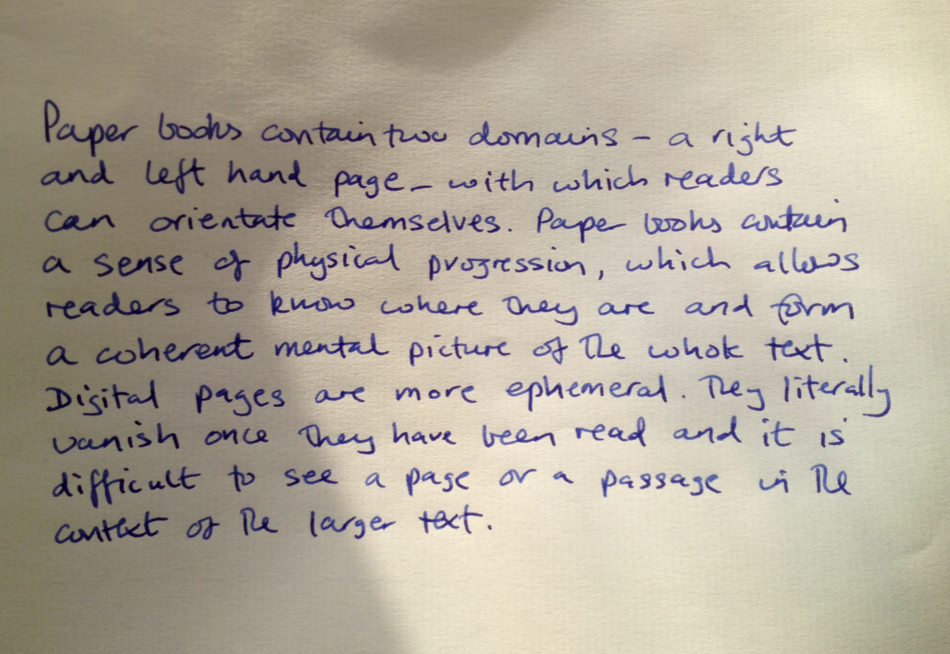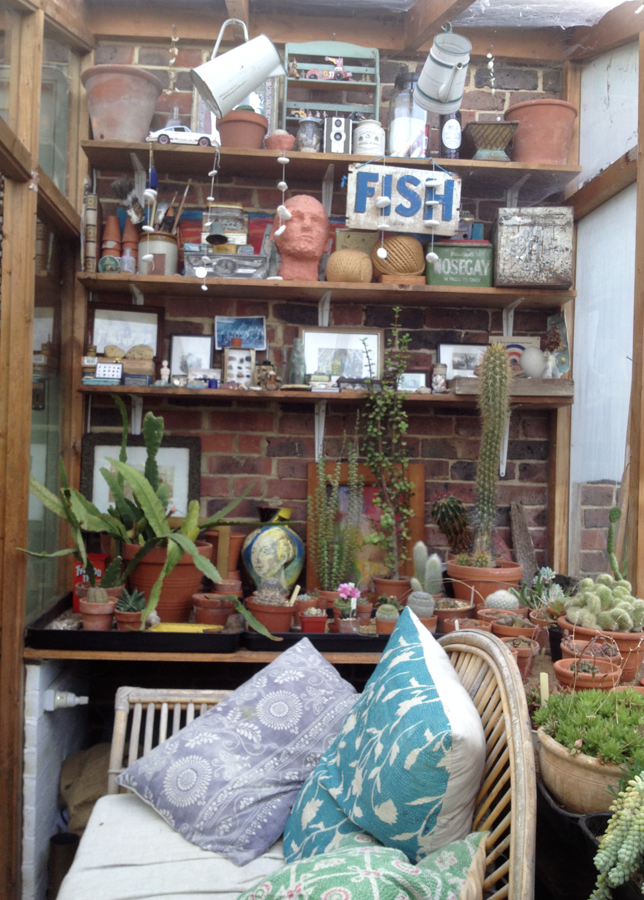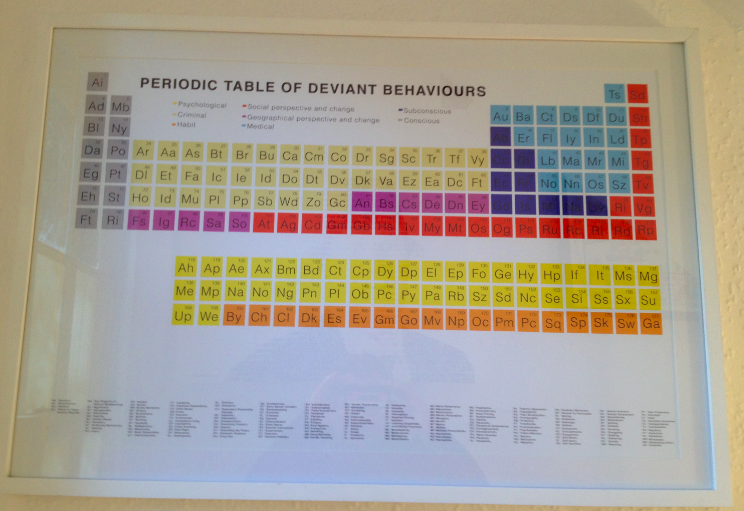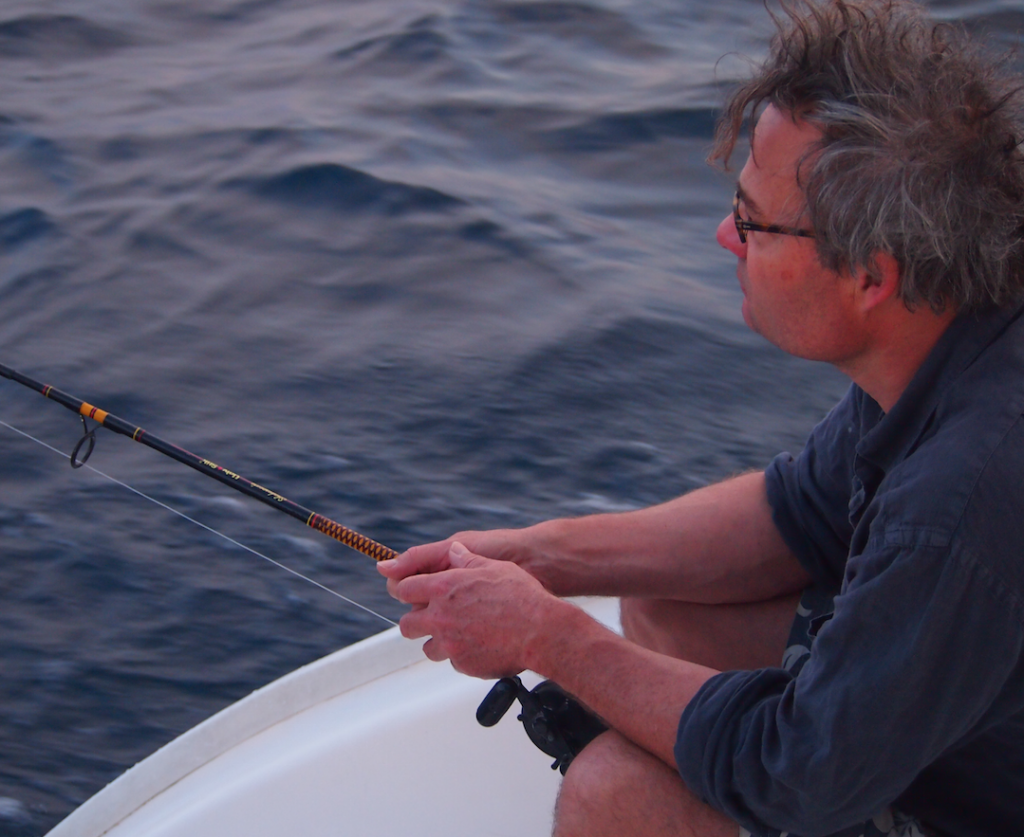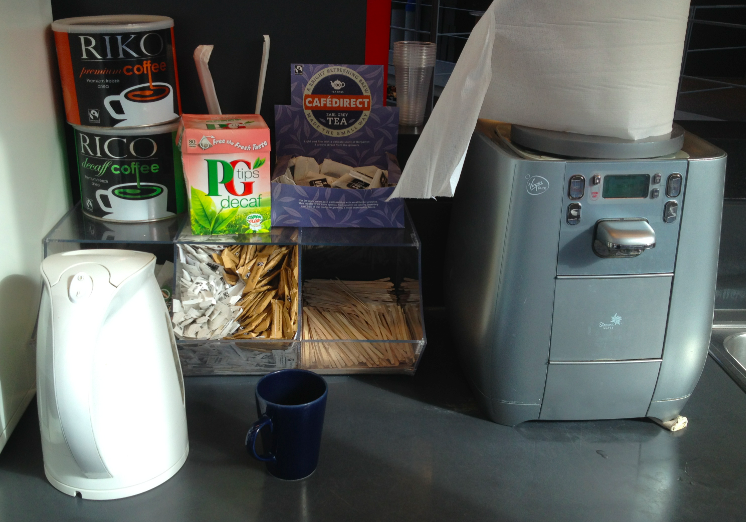Category Archives: Thinking
How to unblock a brain
I find this interesting. I was struggling with my !$%*&@? map again yesterday. Peering at the illustration on a huge sheet of A1 paper getting nowhere fast.
Then for no real reason I decided to write up the text by ‘category’ as a word document. Hey presto! All of a sudden certain items jumped out as total nonsense, while with others I could see connections that, counter-intuitively, I hadn’t seen on paper. It sometimes works the other way around too. So if you find your mind is blocked using one medium I seriously suggest you try another.
Celebrate Failure!
Black and White Thinking
Further to my piece yesterday about whiteboards versus blackboards and how each might impact thinking I was reminded about the Before I Die blackboard. This was (is?) a chalkboard posing the question to passers-by, who wrote their responses in chalk provided by Public Art Petersburg (Virginia).
Clean slate thinking
So here’s a thought. Does the size of your whiteboard impact the scale of your thinking? And how about why the math department always seems to be the last department (after physics?) to give up blackboards or whether there’s any difference between thinking with chalk and thinking with a whiteboard marker?
Answers on a blackboard please.
Thinking… about thinking.
I’m starting to think about my next book and although the illusion of progress is a fairly tempting title there’s the danger of it being mistaken for a negative position (actually the positive impact of negative thinking is interesting theme in itself). So, alternatively, I’ve been thinking again about thinking. What influences it? How can we increase the quantity and, more importantly, the quality of our thinking?
I’ve been thinking about this sitting in my favourite chair, in my greenhouse, drinking red wine and smoking a cigar.
How ideas happen (an equation for creativity)
I was wandering aimlessly around Notting Hill in London yesterday with a few hours to kill. The key word here is aimlessly, because I strongly suspect that if I’d had a plan, or been in a frantic hurry, the following would not have happened.
After 30 minutes or so I walked past an art gallery I hadn’t seen before. It was a pop up gallery called the Apart Gallery housed in a derelict townhouse at number 1, Lonsdale Road (London W11). I rarely go into galleries, but for some reason I walked in. There were a couple of nice pieces on the ground floor, but nothing I was especially interested in. Normally I would have left, but for some reason I wandered upstairs. There were some lovely pieces on the first and second floors too, but not really for me. But on the way downstairs I noticed something that for some reason I hadn’t seen on my way up the stairs. It was a limited edition print of a Periodic Table of Deviant Behaviours by an artist called Mark Adamson and was reminiscent of a table of the elements I did a few years back. £950 for a framed edition of 10 seemed rather good value for Notting Hill. I may yet pop back and buy one. The gallery closes on December 13th.
But here’s the thing. I still had some time to kill so I decided to have a foot massage (this is giving away far too much about my own deviant behaviour!). As it happens the foot massage wasn’t especially great, but towards the end of the session an idea suddenly popped into my head.
The point of this is this. Firstly, if you are seeking an idea you need to stop looking for a while. Then you need some random or serendipitous inputs, in my experience the more the better. Then you need to wait and relax and let things mingle and merge inside your head.
I’m not sure how this might be expressed as an equation, but possibly something like…
T →S+R =C
C= Creativity (Ideas & Insights)
T=Time (sometimes described as being wasted)
R = Relaxation (or cutting out external stimuli or disruption)
S = Serendipitous (random) happenings or events
BTW, if you don’t like this equation blame my son, aged 12.
Solitude and thinking
“ In solitude you don’t need to make an impression on the world, so the world has some opportunity to make an impression on you.”
I do like this quote, from a collection of stories exulting in solitude. The book is Pond by Claire-Louise Bennett and the quote is taken from a review in last weekend’s FT. I’ve started to find most newspapers either depressing or full of news (I already know about) not reviews or analysis. The major exceptions are the FT and the New York Times, especially the weekend editions.
Slow thinking: Getting all steamed up about ideas.
Now here’s an interesting thing. I was at Imperial College today trying to figure out how to graphically represent the future of supercomputing. I had dozens of ideas but all were clichéd and none were any good. So I decided that I needed a cup of tea to unblock my brain. So off I went down the corridor to the kitchen to boil a kettle.
The kettle was more or less empty so being a reasonably considerate person I filled the kettle up with water and waited for it to boil. This took absolutely ages, so it seemed, but while waiting for the steam to appear an idea condensed in my brain. I suddenly had a bit of inspiration about how to solve the problem.
But here’s the thing. Next to the kettle there was a machine that provides boiling water in a matter of seconds (image above). This is obviously designed for people who can’t wait the sixty odd seconds it takes for a full kettle to boil. Instant gratification for people wanting a cup of instant coffee and such like. But had I used this fast, convenient modern marvel of a machine I suspect that inspiration would not have struck me. It was the doing nothing for a moment that lead to something. Instant ideas? No such thing.
Looking without seeing
This is a good one. Did you know that the average ‘dwell time’ (horrible phrase) for the Mona Lisa is 17 seconds? In other words, the amount of time people spend looking at the most famous painting in the world is a quarter of a minute.
What are they looking at? What are they looking for?
I’m using this ‘fact’ as an opener for a workshop with PWC in Warsaw. The point isn’t so much that looking for longer with reveal something of importance (although it may) but that deep looking will reveal other, non-related, thoughts that could have considerable value.
Try it today. Fix your eyes on something, a tree, a cloud, a building, for between 3-5 minutes (please don’t select a phone or computer or anything that moves or makes a disruptive sound) and literally ‘see’ what happens.

